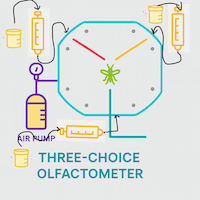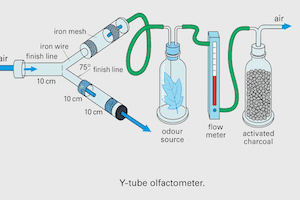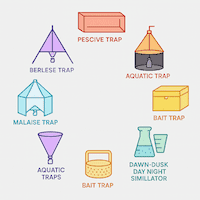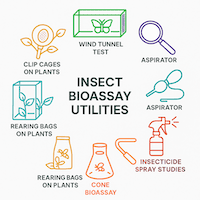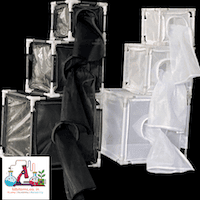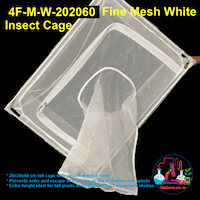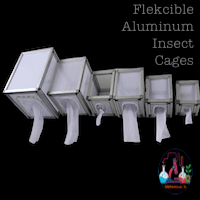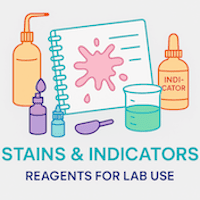
Aniline Blue (Spirit Soluble) for microscopy 25 gm CAS #8004-91-9
Aniline Blue is a synthetic dye known for its staining applications in biology, particularly in tissue studies.
- Molecular Weight: 237.29 g/mol
- HSN Code: The HSN (Harmonized System Nomenclature) code varies by country, and specific code would depend on national customs databases.
- CAS (Chemical Abstracts Service) Number: 28631-66-5
Uses in Biology for Staining Tissue Samples:
- Plant Tissues: Aniline Blue is pivotal in staining callose, a polysaccharide deposited during plant processes like cytokinesis or in response to stress. This aids in studying plant-microbe interactions, plasmodesmata communication, and fertilization events.
- Animal Tissues: It's an integral part of trichrome staining, differentiating collagen (which stains blue) from muscle fibers. It's also used to stain certain types of mucin and occasionally to visualize bone tissue structures.
- Fungal Visualization: Within plant tissues, Aniline Blue can highlight fungal structures, assisting in the understanding of plant-fungal interactions.
Its importance in elucidating fine tissue structures makes Aniline Blue an indispensable tool in histological studies.
Customize
Aniline Blue is a synthetic dye that finds its use in various staining procedures in both plant and animal histology. Here are its primary uses in staining plant and animal tissues:
Plant Tissues:
Callose Deposition: Aniline Blue is extensively used to stain callose, a polysaccharide that gets deposited at the cell plate during cytokinesis or as a response to stress conditions. This helps in observing processes like plant-microbe interactions, fertilization, and plasmodesmata communication.
Fungal Structures: Aniline Blue can be used to visualize fungal structures, such as hyphae, within plant tissues, aiding in the study of plant-fungal interactions or fungal pathogenesis.
Animal Tissues:
Connective Tissues: Aniline Blue is part of the trichrome staining procedure, where it is used alongside other dyes to differentiate between collagen and muscle fibers in animal tissues. Collagen fibers, in particular, will appear blue after staining.
Mucin: In some staining procedures, Aniline Blue can help in differentiating between different types of mucin present in animal tissues.
Bone: Aniline Blue can also be utilized in certain staining techniques to visualize bone tissues, providing contrast and aiding in studying bone pathologies.
In both plant and animal histology, Aniline Blue serves as a valuable tool to bring out specific structures or components, offering clarity and contrast in microscopic observation. Proper care and safety measures should always be taken when working with Aniline Blue or any stain.


